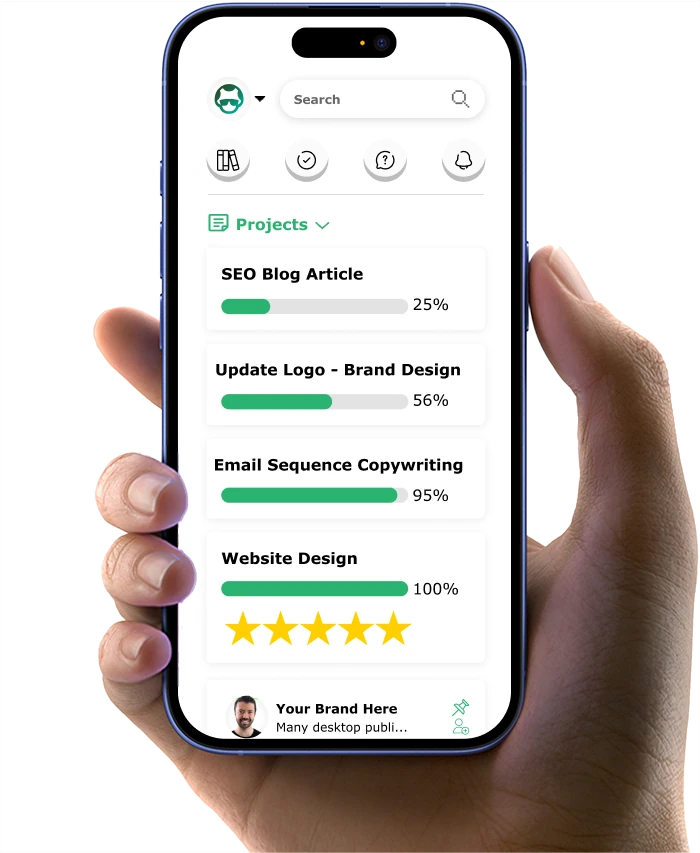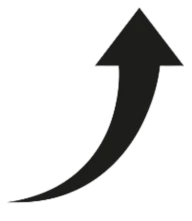11 Ecommerce Urgency Tactics Top Stores Use Daily

Are your ecommerce urgency tactics failing to convert? You're not alone.
Picture this: Your online store gets plenty of traffic. Beautiful product photos. Perfect branding. People add items to their carts.
Then the data comes in. Most of those carts are abandoned. According to the Baymard Institute, this is happening to stores everywhere.
This isn't just your problem. The hard truth? Most online stores struggle with cart abandonment, while the best ones convert two to three times better.
That gap isn't just a number. It's the difference between growing your business or watching it fail.
Here's what most store owners miss: traffic gets attention, but urgency drives action.
Sarah, who runs a small skincare store, was losing most of her potential sales to abandonment. After adding three authentic urgency tactics, her sales tripled in just one week.
In this guide, you'll discover:
- Unlock the countdown timer secret that triples conversions without feeling pushy
- Master the three-part email sequence that brings abandoned carts back to life
- Discover how to create low-stock indicators that build trust while driving immediate action
- Learn the bundle formula that makes customers feel they'd be foolish to wait
- Reveal the membership approach that turns casual browsers into loyal fans
No complex theories. No fluff. Just proven methods you can use today to stop losing sales. Let's dive in...
If you want to get your marketing work done for your business (or for your clients’), then you HAVE to learn more how you can delegate unlimited marketing projects & tasks without the headaches of hiring. Download this free guide: 33 Examples of Marketing Projects You Can Delegate to Growbo
Ecommerce Emergency Tactic #1. Countdown Timers
Countdown timers create a powerful sense of urgency that can significantly improve your ecommerce conversion rates. You've probably seen these timers on websites showing "Sale ends in 12:34:56" and felt that little push to make a decision faster. There's a good reason they're everywhere – they work remarkably well.
Our research at Growbo found that implementing countdown timers on product pages increased conversions by an impressive 332% for an ecommerce store. This data comes directly from our Sales Conversion Pack, which analyzes hundreds of successful ecommerce tactics.
You have two main options when adding countdown timers to your store. Session-based countdowns are personalized to each visitor (like "Your offer expires in 15 minutes"), while global countdowns are the same for all visitors (like "Sale ends Sunday at midnight"). Both approaches work, but our testing shows that personalized timers typically perform better for first-time visitors.
Fashion retailer ASOS saw a 58% increase in checkout completion after implementing personalized countdown timers. The key to their success was making the timer relevant to the specific action the customer needed to take.
When adding countdown timers to your store, remember that mobile implementation requires special attention. Your mobile timers should be more subtle than desktop versions, using smaller displays that don't overwhelm the limited screen space while still creating urgency.


The most effective placements for countdown timers include:
- Product pages (especially for limited-time offers)
- Shopping cart (to prevent abandonment)
- Checkout page (to complete the purchase)
- Special promotion landing pages
Key insights from this section include:
- Countdown timers can increase conversions by up to 332% when implemented correctly
- Choose between session-based (personalized) or global countdowns based on your specific goals
- Optimize your mobile timer display to be effective without being intrusive
Now that you understand how countdown timers create urgency, let's look at another powerful tactic that leverages product scarcity rather than time limitations.
Ecommerce Emergency Tactic #2. Low Stock Indicators
Low stock indicators tap into your customers' fear of missing out by showing when products are running out. You've likely seen messages like "Only 3 left in stock!" while shopping online. When done honestly, these alerts can help you make better purchasing decisions while boosting sales for the store.
The key word here is "honestly." Ethical implementation of low stock indicators requires connecting to your actual inventory API. This creates genuine scarcity while maintaining customer trust. When customers discover fake scarcity tactics, they lose trust in your brand permanently.
According to Growbo's 53-Point CRO Checklist, inventory alerts are a top-performing scarcity signal when tied to actual stock levels. Our research shows they're most effective when displayed consistently across the product page, cart, and checkout process.
Booking.com provides an excellent example of this approach with their famous "only 2 rooms left" messaging. Their implementation resulted in a 31% conversion lift by highlighting limited availability at multiple touchpoints throughout the booking process.
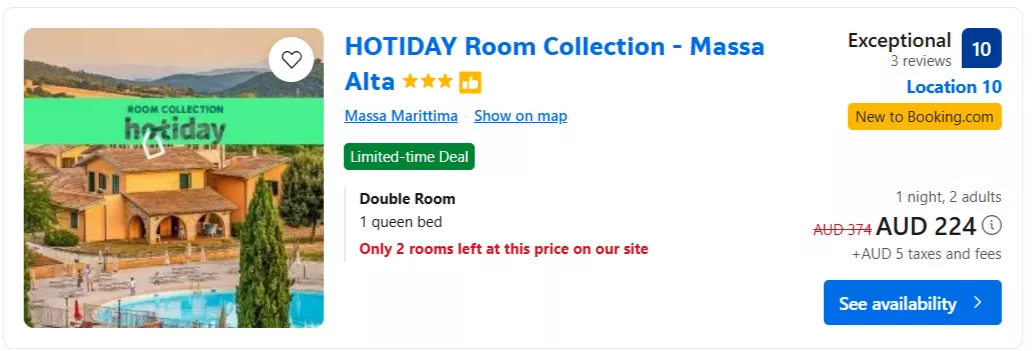
You might be wondering where to set your stock threshold for these alerts. If you set it too high, the urgency feels manufactured and customers see through it. Set it too low, and you miss valuable conversion opportunities. Our testing shows the sweet spot is typically between 3-10 items for most products, depending on your normal sales volume.
The most effective places to display low stock indicators include:
- Product listing pages (search results and category pages)
- Product detail pages (near the add-to-cart button)
- Shopping cart (as a reminder before checkout)
- Wishlist items (to encourage moving to cart)
Key insights from this section include:
- Always connect low stock indicators to your actual inventory for ethical implementation
- Display stock alerts consistently across multiple touchpoints in the customer journey
- Test different threshold levels to find the optimal balance between urgency and credibility
Now that you understand how to leverage product scarcity, let's explore how social proof can create additional urgency in your customers' minds.
Ecommerce Emergency Tactic #3. Social Proof Notifications
Social proof notifications show your customers they're not alone in considering your products. You've probably noticed those small pop-ups saying "John from California just purchased this item" or "15 people are viewing this product right now." These subtle cues tap into our natural tendency to follow others' actions.
According to Growbo's sales funnel research, combining social proof with urgency creates a powerful "FOMO" effect that can increase conversion rates by up to 40%. This happens because customers see both popularity and limited availability simultaneously.
Live visitor counters are particularly effective when paired with purchase notifications. They show not just that others are interested, but that they're taking action right now. This creates a sense that the product might sell out soon if you don't act quickly.
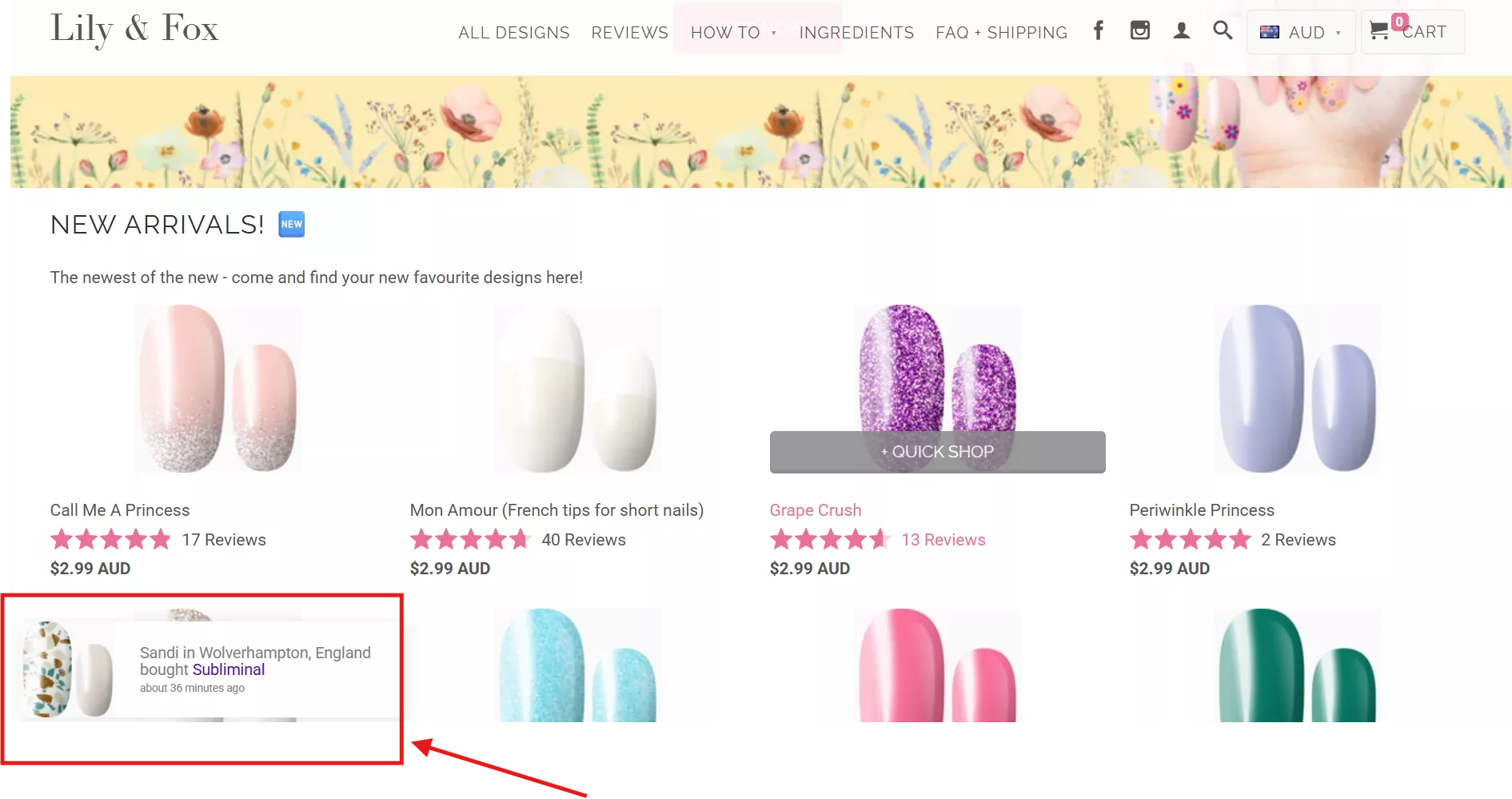
You might be wondering where to place these notifications for maximum impact. Our testing shows they work best at key decision points throughout the customer journey. This includes product pages (near the add-to-cart button), shopping cart pages, and during checkout.
Tools like HotJar and TrustedSite make implementation straightforward, even if you're not technically inclined. These platforms offer ready-made solutions that connect to your ecommerce platform with minimal setup required.
The most effective types of social proof notifications include:
- Recent purchase alerts ("Sarah from Boston just bought this")
- Current visitor counts ("12 people are looking at this right now")
- Stock movement indicators ("5 people have this in their cart")
- Aggregate statistics ("Over 500 sold this month")
Key insights from this section include:
- Social proof combined with urgency can boost conversion rates by up to 40%
- Focus on recent, specific actions rather than vague popularity claims
- Place notifications at key decision points in the customer journey
Now that you understand how social validation creates urgency, let's explore how limited-edition products can generate excitement and drive immediate purchases.
Ecommerce Emergency Tactic #4. Limited-Edition Products
Limited-edition products create authentic scarcity that customers can't ignore. You've seen how brands like Nike release special colorways that sell out in minutes. This strategy works because it combines two powerful motivators: unique value and fear of missing out.
According to the Growbo Sales Conversion Pack, limited-edition product launches generate 3-5x the normal conversion rate of standard products. This dramatic increase happens because customers know they can't simply "come back later" when the product might be gone forever.
Nike's limited drops strategy has increased their average order value by 40% compared to regular product launches. Customers are more likely to add additional items to their cart when purchasing something exclusive, maximizing their shipping costs and checkout effort.
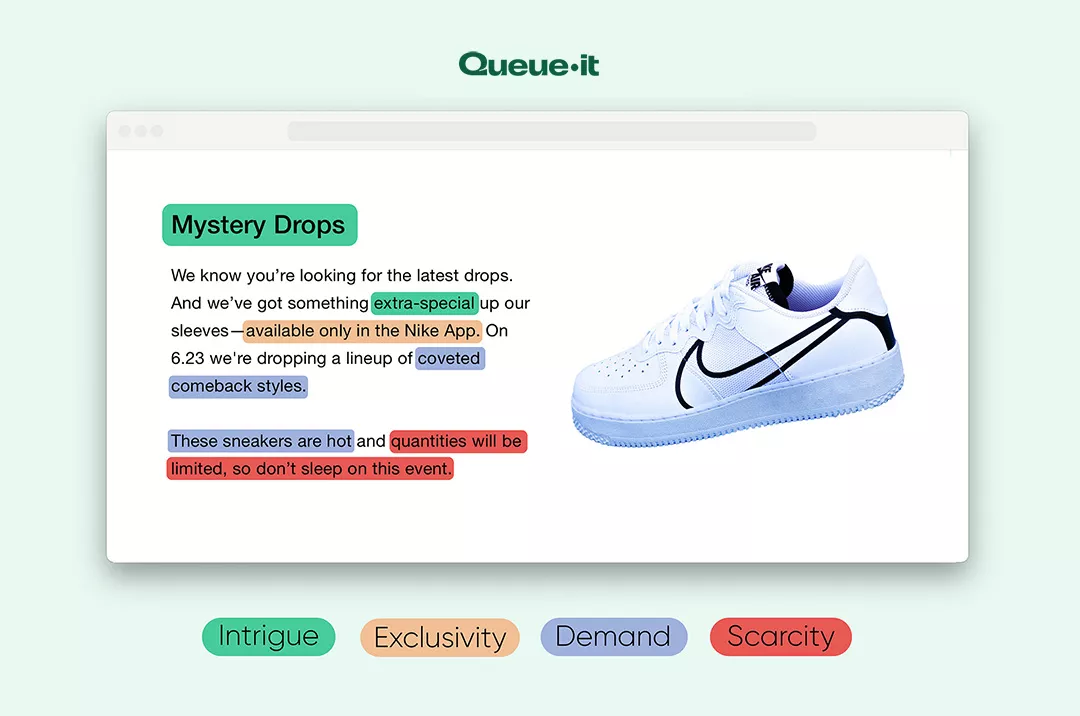
You might be wondering how to implement this strategy for your own store. The key is creating a well-planned timeline with a promotional strategy that builds anticipation before the limited release. This might include email teasers, social media countdowns, and influencer previews.
When creating limited-edition products, you have several options:
- Truly limited production runs (most authentic)
- Time-limited availability (available only during a specific window)
- Seasonal or holiday-themed variations
- Collaborations with other brands or influencers
The effectiveness of limited-edition products goes beyond simple conversion rates. You should measure additional metrics like brand engagement, social sharing, and customer lifetime value. Our research shows that customers who purchase limited-edition items are 27% more likely to become repeat buyers.
For maximum impact, make sure your limited editions feel genuinely special. This might mean upgraded packaging, exclusive features, or unique designs that aren't available in your standard product line. The perceived value must justify both the exclusivity and any premium pricing.
Key insights
- Limited-edition products can generate 3-5x normal conversion rates when implemented authentically
- Build anticipation with a strategic promotional timeline before launch
- Measure success beyond immediate sales to include brand engagement and customer lifetime value
Now that you understand how limited-edition products create urgency through scarcity, let's explore how to recover sales from customers who have already shown interest but abandoned their carts.
Ecommerce Emergency Tactic #5. Abandoned Cart Recovery Emails
Abandoned cart recovery emails help you reclaim sales that were nearly complete. You've probably received these messages yourself – "You left something in your cart" or "Complete your purchase before these items sell out." These timely reminders can significantly boost your bottom line with minimal effort.
According to our article on cart abandonment, a 3-part abandoned cart sequence with declining offers provides the optimal recovery strategy. The research shows that the first 24 hours are absolutely critical for recovery success.
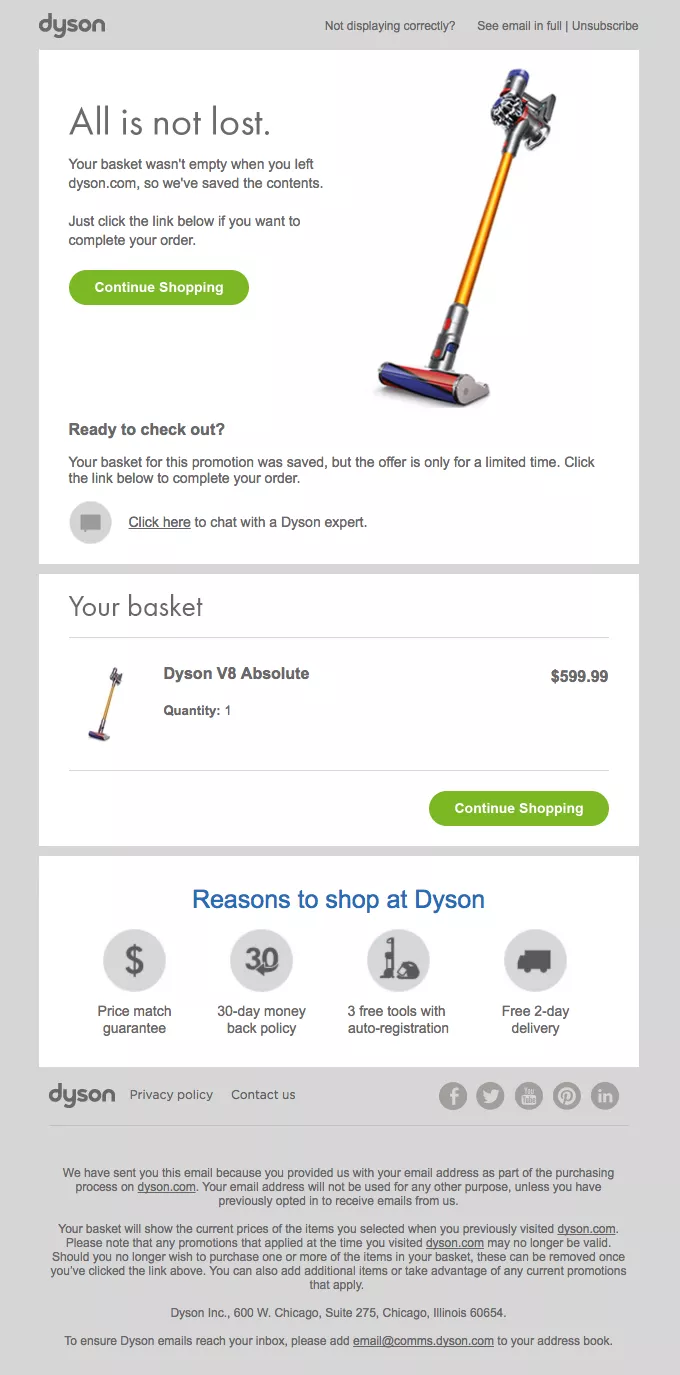
You might be wondering about the best timing for these recovery emails. Our testing shows the most effective schedule is:
- First email: Within 1 hour of abandonment (reminder only, no discount)
- Second email: Within 24 hours (small incentive or free shipping)
- Third email: Within 72 hours (stronger offer or final reminder)
The content of your abandoned cart emails matters just as much as the timing. The first email should simply remind customers of what they left behind with clear images and a prominent "Return to Cart" button. The second email can introduce urgency ("Your items are selling fast") or a small incentive. The final email should present your best offer as a last attempt.
Tools like Klaviyo and ActiveCampaign make this automation simple while providing detailed analytics on recovery rates. You can set up these sequences once and let them run automatically, recovering sales while you focus on other aspects of your business.
Subject lines play a crucial role in the success of your recovery emails. Our testing shows that the most effective approaches include:
- Direct reminders: "You left items in your cart"
- Question-based: "Did you forget something?"
- Urgency-focused: "Your cart expires soon"
- Benefit-oriented: "Complete your order for free shipping"
Key insights
- Implement a 3-part email sequence with the first message sent within 1 hour of abandonment
- Start with simple reminders before introducing incentives in later emails
- Test different subject lines to find what resonates best with your specific audience
Now that you understand how to recover abandoned carts, let's explore how waitlists and pre-orders can create exclusivity and drive anticipation for upcoming products.
Ecommerce Emergency Tactic #6. Waitlist & Pre-Orders
Waitlists and pre-orders transform ordinary product launches into must-have events. You've seen how Apple creates massive anticipation for new iPhone releases, with customers literally lining up overnight. This approach works because it combines exclusivity with the human desire to be first.
According to the "Salty Foot" Formula case studies, exclusive waitlists can convert at 3x the rate of standard product pages. This happens because the psychological triggers of exclusivity and status drive consumer behavior in powerful ways.
When customers join a waitlist, they're making a small commitment that makes them more likely to complete the purchase when available. This principle of consistency (wanting our actions to align with our previous commitments) is a fundamental aspect of human psychology.
You might be wondering how to implement waitlists and pre-orders for your own products. The simplest approach is to create a dedicated landing page that captures email addresses and builds anticipation. This page should clearly communicate the value proposition and expected release date.
For maximum effectiveness, consider implementing tiered access:
- VIP early access (for your best customers or highest tier)
- Priority access (for email subscribers or loyalty members)
- General access (for everyone else)
This tiered approach not only creates additional exclusivity but also rewards your most valuable customers. Our research shows that customers who receive early access are 42% more likely to make additional purchases within 90 days.

Pre-orders take the waitlist concept a step further by allowing customers to secure their purchase before the product is available. This approach works particularly well for high-demand product categories where customers fear missing out.
Key insights
- Waitlists can convert at 3x the rate of standard product pages when implemented correctly
- Create tiered access to reward your best customers and increase perceived exclusivity
- Use dedicated landing pages that clearly communicate value and expected availability
Now that you understand how waitlists and pre-orders create anticipation, let's explore how flash sales can drive immediate action through limited-time offers.
Ecommerce Emergency Tactic #7. Flash Sales
Flash sales create urgency through extremely limited time windows. You've probably seen notifications like "24-Hour Sale!" or "Lightning Deals" that prompt immediate action. These time-sensitive promotions work because they eliminate the option to "think about it later."
A well-executed 4-hour flash sale can generate more revenue than an entire previous week of sales. This dramatic increase happens because customers fear missing the opportunity and make faster decisions.
Amazon's Lightning Deals have been shown to increase browsing time by 23%, exposing customers to more products. When shoppers enter your store for a specific flash sale, they often discover and purchase additional items not included in the promotion.

In the case of Amazon, "Lightning deals are offers on products only available for a specific amount of time and in limited quantity," according to Mashable.
You might be wondering when to schedule your flash sales for maximum impact. Our analytics research shows that timing is crucial – you need to align with when your specific audience is most active online. For most B2C stores, this is typically weekday evenings or weekend afternoons.
For maximum reach and effectiveness, your flash sale implementation should span multiple channels:
- Email announcements (24 hours before and at launch)
- SMS notifications (at launch and halfway through)
- On-site banners and popups
- Social media posts with countdown elements
The true measure of flash sale success goes beyond immediate revenue. You should also track metrics like new customer acquisition, average order value, and repeat purchase behavior.
When planning your flash sales, avoid running them too frequently. If customers begin to expect weekly sales, they'll simply wait for the next promotion rather than paying full price. Most successful ecommerce stores limit major flash sales to once per month or less.
Key insights
- A well-executed flash sale can generate more revenue than an entire week of regular sales
- Schedule your sales when your specific audience is most active online
- Implement a multi-channel promotion strategy for maximum reach and effectiveness
Now that you understand how flash sales create urgency through limited time, let's explore how limited-time bundles can increase your average order value while driving immediate action.
Ecommerce Emergency Tactic #8. Limited-Time Bundles
Limited-time bundles combine multiple products at a special price for a short period. You've probably seen offers like "Complete Set - This Weekend Only!" or "Buy the Collection - 48 Hours Left!" These strategic groupings work because they increase perceived value while creating urgency.
Bundle offers with countdown timers rank among the top 10 tactics for increasing average order value while creating urgency. This powerful combination addresses two key business metrics simultaneously.

By grouping complementary products together for a short period, they not only sold more items per transaction but also introduced customers to products they might not have discovered otherwise.
You might be wondering how to create effective bundles for your own store. The key is finding the right balance between value and profit margin. Your bundles should represent clear savings for customers (typically 15-25% off individual prices) while still maintaining healthy margins for your business.
The most effective limited-time bundles follow these patterns:
- Bestseller + complementary accessories
- Complete "starter kits" for beginners
- Seasonal collections with themed items
- Problem-solution sets that address specific customer needs
Dynamic bundle creation tools allow you to test different combinations to find the most compelling offers. Platforms like Shopify and WooCommerce offer apps that can automatically suggest bundles based on purchase history and product affinity.
For maximum impact, promote your limited-time bundles through multiple channels. Email marketing, social media, and on-site banners should all highlight both the value proposition and the time limitation. Our testing shows that including actual dollar savings ("Save $47") outperforms percentage discounts ("Save 20%") for bundles priced over $75.
Key insights from this section include:
- Limited-time bundles can increase average order value by up to 67% when implemented strategically
- Create bundles that offer 15-25% savings while maintaining healthy profit margins
- Promote both the value proposition and time limitation across multiple channels
Now that you understand how limited-time bundles can increase your average order value, let's explore how free shipping thresholds can reduce cart abandonment while driving larger purchases.
Ecommerce Emergency Tactic #9. Free Shipping Thresholds
Free shipping thresholds with time limits create a powerful incentive to complete purchases now rather than later. You've likely seen messages like "Free shipping on orders over $50 - offer expires in 3:21:45" during checkout. This combination of value and urgency addresses the number one cause of cart abandonment: unexpected shipping costs.

A/B testing has shown a 32% cart value increase when implementing time-limited shipping thresholds. Customers are remarkably willing to add more items to reach the free shipping threshold, especially when they feel time pressure to complete the purchase.
You might be wondering how to determine the right threshold for your store. The ideal free shipping threshold should be approximately 30% higher than your average order value. This encourages customers to add one more item without setting the bar so high that it feels unattainable.
For maximum effectiveness, implement these elements alongside your threshold:
- Progress bars showing how close customers are to free shipping
- Product suggestions that would help them reach the threshold
- Countdown timers showing when the offer expires
- Messaging that emphasizes both savings and urgency
Mobile optimization is particularly important for free shipping thresholds. The limited screen space requires clear communication of both the threshold amount and remaining time. Our testing shows that placing this information in a sticky header that remains visible during scrolling significantly improves conversion on mobile devices.
When promoting time-limited free shipping offers, focus on the actual dollar savings rather than just "free shipping." Messages like "Save $8.95 on shipping when you order in the next 2 hours" create more urgency than simply stating "Free shipping on orders over $50."
Key insights
- Time-limited free shipping offers can increase cart completion rates by up to 54%
- Set your threshold approximately 30% above your current average order value
- Use progress bars and product suggestions to help customers reach the threshold
Now that you understand how free shipping thresholds can reduce cart abandonment, let's explore how exit popups can recover visitors who are about to leave your site without purchasing.
Ecommerce Emergency Tactic #10. Exit Popups
Exit popups capture visitors who are about to leave your site without purchasing. You've likely seen these last-chance offers appear when you move your cursor toward the browser's close button. When done right, they provide value rather than annoyance, giving shoppers a compelling reason to stay.
Value-focused exit offers can recover up to 35% of abandoning visitors when implemented correctly according to Anstrex. This is significantly better than discount-focused popups, which typically recover only 15-20% of exits.
You might be wondering what makes an effective exit popup. The key is understanding why visitors are leaving and addressing that specific concern. For first-time visitors, this often means providing more information or addressing common objections. For returning visitors, it might mean offering assistance or a small incentive.
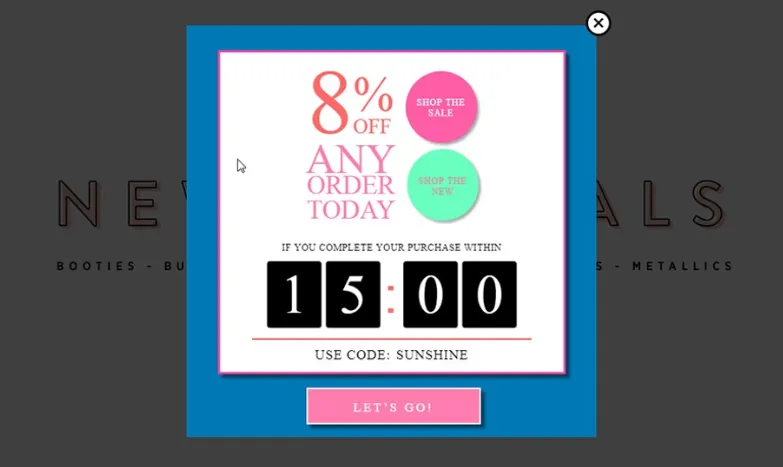
This exit pop up for Zooshoo gives a discount that applies to all products in the store, not just the items the visitor left in their cart.
The most effective exit popup strategies include:
- First-time visitors: Educational content or buying guides
- Cart abandoners: Free shipping or small discount
- Product page exits: Alternative product suggestions
- Checkout abandoners: Live chat assistance or guarantee highlights
Design principles should focus on non-intrusive implementation that enhances rather than disrupts the user experience. Our testing shows that popups with simple designs, clear value propositions, and easy dismissal options perform best. Aggressive tactics like hiding the close button or using guilt-inducing language damage brand perception and rarely improve long-term conversion rates.
For maximum effectiveness, implement a testing framework that measures performance across different visitor segments. What works for new visitors might not work for returning customers. What works for high-priced products might not work for accessories. Continuous testing and refinement will help you find the optimal approach for your specific audience.
Key insights from this section include:
- Value-focused exit offers can recover up to 35% of abandoning isitors
- Tailor your exit popup strategy to different visitor segments and exit points
- Focus on enhancing the user experience rather than disrupting it
Now that you understand how exit popups can recover abandoning visitors, let's explore how member-only offers can create exclusivity while driving both immediate purchases and long-term loyalty.
Ecommerce Emergency Tactic #11. Member-Only Offers
Member-only offers create urgency through exclusivity rather than just time pressure. You've probably seen messages like "Join now for exclusive access" or "Members save an extra 15% today only." This approach works because it combines the fear of missing out with the desire for special treatment.
Creating exclusive member offers increases both conversion rates and customer lifetime value by fostering community and status. This dual benefit makes it one of the most sustainable urgency tactics.
Sephora's Beauty Insider program demonstrates this approach perfectly. Their tiered early access to sales and exclusive products drives both immediate purchases and program enrollment. Members spend 2.5x more annually than non-members, showing the long-term value of this strategy.
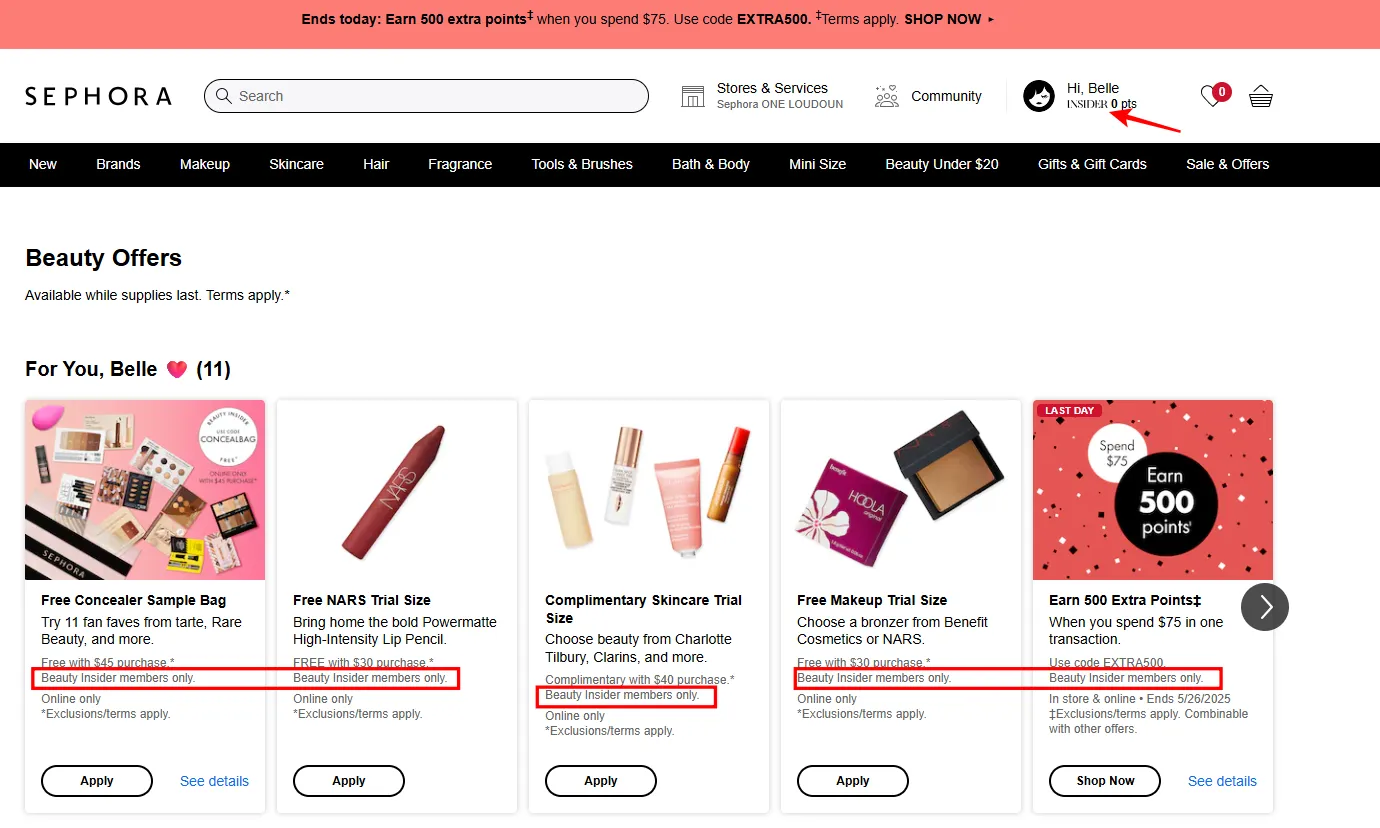
You might be wondering how to implement member-only offers without an established loyalty program. The simplest approach is to create an email subscriber tier that receives early or exclusive access to promotions. This low-barrier entry point allows you to build your program while still creating urgency through exclusivity.
The most effective member-only offers include:
- Early access to sales (24-48 hours before the general public)
- Exclusive products not available to non-members
- Member-only pricing on select items
- Limited-time double points or rewards
For maximum impact, clearly communicate both the exclusive value and the time limitation. Messages like "Members only: 25% off ends tonight at midnight" combine exclusivity with urgency for a powerful conversion driver. Our testing shows that adding countdown timers to member-only offers increases conversion by an additional 18%.
The long-term impact on customer retention metrics often exceeds the immediate conversion benefits. Our research shows that customers who take advantage of member-only offers have a 40% higher retention rate after 12 months compared to customers acquired through general promotions.
Key insights from this section include:
- Member-only offers increase both immediate conversions and long-term customer value
- Start with email subscriber exclusives if you don't have an established loyalty program
- Combine exclusivity messaging with time limitations for maximum urgency
Now that you've explored all eleven proven urgency tactics, let's look at how to implement them effectively in your ecommerce strategy.
If you want to get your marketing work done for your business (or for your clients’), then you HAVE to learn more how you can delegate unlimited marketing projects & tasks without the headaches of hiring. Download this free guide: 33 Examples of Marketing Projects You Can Delegate to Growbo
CONCLUSION
You've just discovered 11 proven urgency tactics that can help reduce cart abandonment and boost your ecommerce sales. The data shows these strategies can increase conversions by up to 332% when properly implemented.
Authentic urgency that delivers real value consistently outperforms manipulative tactics that damage customer relationships.
Here are the key actions you can take today:
- Connect your low stock indicators to actual inventory data
- Implement a 3-part abandoned cart email sequence
- Add countdown timers to your product pages
- Create limited-time bundles with clear savings
- Use social proof notifications at key decision points
Implementing these tactics takes time and technical know-how. Many store owners know what they should do but struggle with execution.
This is exactly why we created Growbo. You can try our complete marketing fulfillment service and you'll get unlimited access to specialists who can implement these exact urgency tactics in your store.
Our team has helped hundreds of ecommerce stores turn these strategies into real revenue growth. Schedule a Call Now.
Which of these tactics would work best for your store? Share in the comments below for personalized insights!
Keep Growin,' Stay Focused,

1 - https://casper.com
2 - https://booking.com
3 - https://lilyandfox.com.au/
4 - https://queue-it.com/blog/product-drop/
5 - https://reallygoodemails.com/emails/items-in-your-basket-at-dyson-com
6 - https://www.convertflow.com/campaigns/pre-order-landing-pages
7 - https://mashable.com/article/how-to-find-lightning-deals-amazon
8 - https://www.shopify.com/au/enterprise/blog/ecommerce-fulfillment-free-shipping
9 - https://www.optimonk.com/cart-abandonment-popup-examples/
10 - https://www.sephora.com/beauty/beauty-offers?icid2=beauty%20offers%20banner%201201


